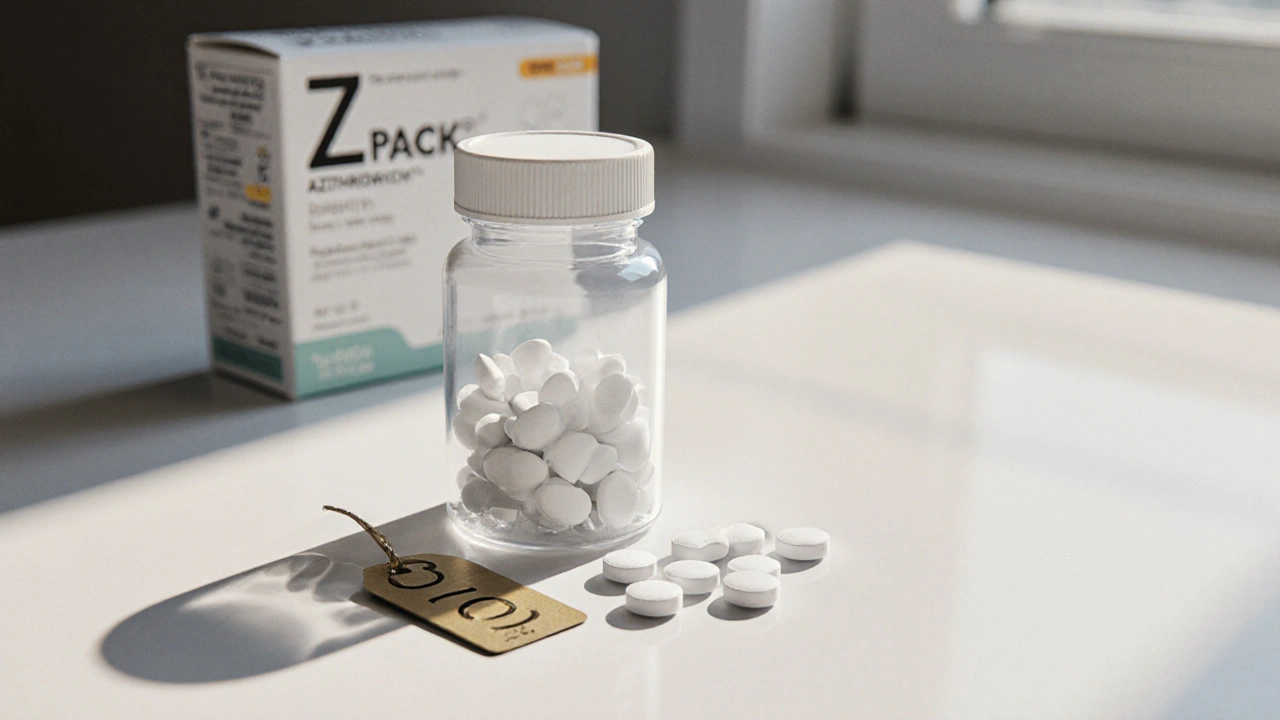Safe Generic Antibiotics: What Works, What to Avoid, and How to Use Them Right
When you need an antibiotic, a medicine that kills or stops the growth of bacteria. Also known as antibacterial agents, these drugs are one of the most common prescriptions worldwide—but not all are created equal. Generic versions of brand-name antibiotics like amoxicillin, doxycycline, and ciprofloxacin work just as well, cost far less, and are approved by health agencies everywhere. But using them safely? That’s where most people go wrong.
Not every infection needs an antibiotic. Colds, flu, and most sore throats are caused by viruses, and antibiotics won’t touch them. Taking them anyway doesn’t help—it just pushes bacteria to become stronger. That’s antibiotic resistance, when bacteria evolve to survive drug exposure. It’s not science fiction. The CDC says over 2.8 million antibiotic-resistant infections happen in the U.S. each year. And it’s getting worse because people skip doses, share pills, or take leftovers from old prescriptions.
Even when you need an antibiotic, safety isn’t just about picking the right one. It’s about knowing what it interacts with. Doxycycline, a tetracycline-class antibiotic often used for acne and Lyme disease, loses its power if you take it with dairy or antacids. Ciprofloxacin, a fluoroquinolone used for urinary and respiratory infections, can cause tendon damage if you’re over 60 or on steroids. And mixing certain antibiotics with alcohol? That’s not just a myth—it can trigger nausea, dizziness, or worse.
Some generics are safer than others. Amoxicillin, for example, has a long track record and very few serious side effects. It’s the go-to for ear infections, strep throat, and simple pneumonia. But others? Like metronidazole or clindamycin? They carry risks of severe diarrhea or even life-threatening gut infections. That’s why you don’t just pick one off the shelf—you get tested, you get diagnosed, and you follow the full course.
And here’s the thing most pharmacies won’t tell you: buying antibiotics online sounds cheap and convenient, but it’s risky. Fake pills with wrong doses, expired meds, or no active ingredient at all are everywhere. The WHO estimates that 1 in 10 medical products in low- and middle-income countries is substandard or falsified. Even if you find a site that looks legit, you can’t be sure what’s inside the capsule.
So how do you stay safe? First, never self-prescribe. Second, if you’re given a generic, ask your pharmacist: "Is this the same as the brand?" Third, always finish the full course—even if you feel better. Stopping early lets the toughest bacteria survive and multiply. Fourth, store them properly. Heat and moisture ruin pills faster than you think.
Below, you’ll find real, practical guides on the most common generic antibiotics people actually use. We cover what they treat, what to watch out for, how they compare to alternatives, and which ones you should avoid unless you have no other choice. No fluff. No marketing. Just what you need to know to use these drugs safely—and when to say no.

Buy Cheap Generic Azithromycin Online - Safe & Affordable Options
Caspian Mortensen Oct, 13 2025 11Learn how to safely buy cheap generic azithromycin online, spot legit pharmacies, compare prices, and avoid common scams with a step‑by‑step guide.
More Detail